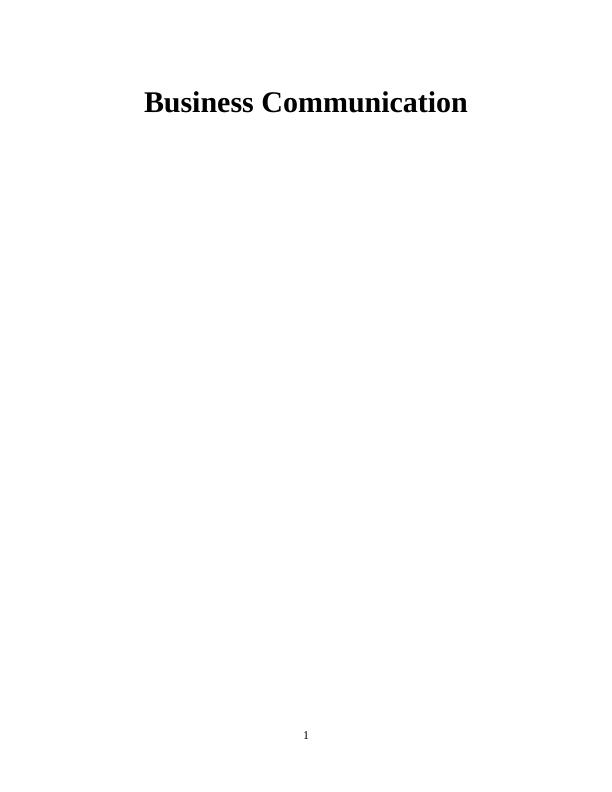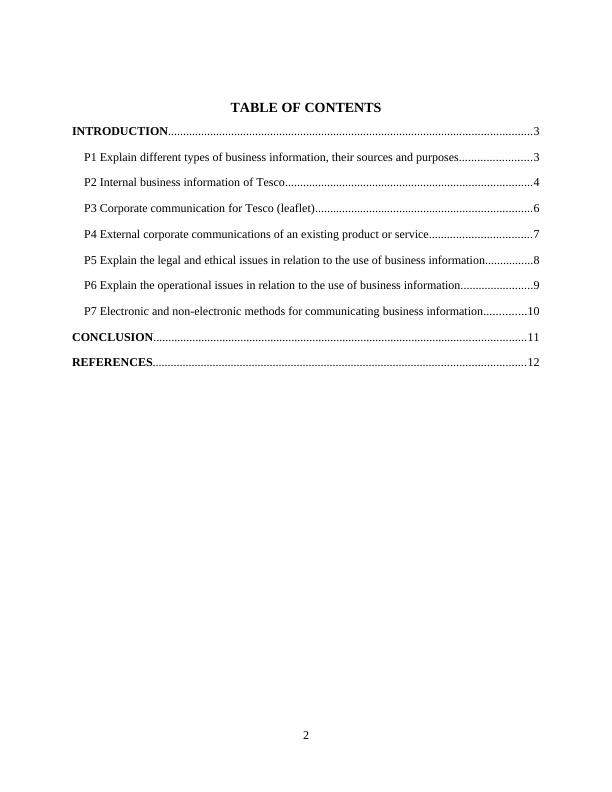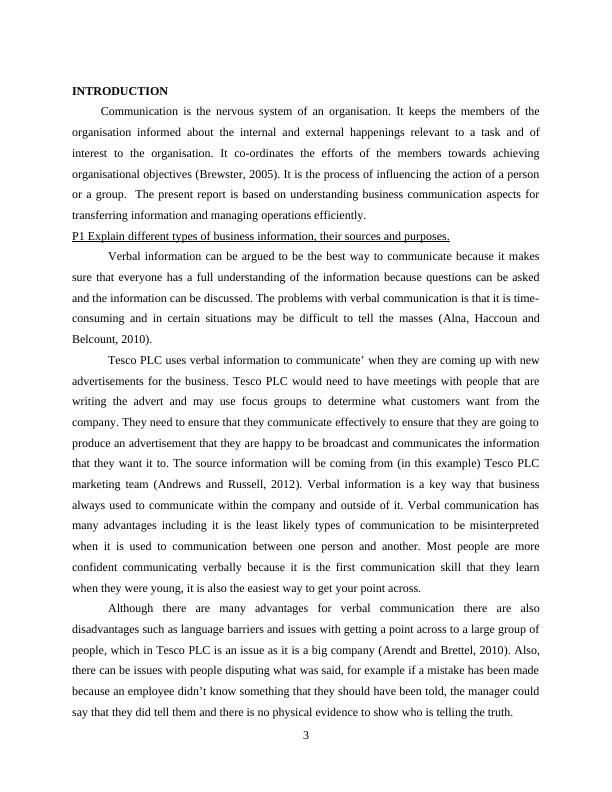Understanding Business Communication for Efficient Operations
This assignment is for Unit 4 of the BTEC Level 3 Diploma in Business, focusing on Business Communication. The assignment requires the learner to explain different types of communication used in business.
13 Pages2783 Words460 Views
Added on 2023-03-30
About This Document
This document provides an overview of business communication, including different types of information, their sources, and purposes. It explores the importance of effective communication in managing operations efficiently. The document also discusses legal and ethical issues related to the use of business information and various methods of communication, both electronic and non-electronic.
Understanding Business Communication for Efficient Operations
This assignment is for Unit 4 of the BTEC Level 3 Diploma in Business, focusing on Business Communication. The assignment requires the learner to explain different types of communication used in business.
Added on 2023-03-30
ShareRelated Documents
End of preview
Want to access all the pages? Upload your documents or become a member.
Assignment on Business Communication Project
|11
|2664
|48
Business Communication
|10
|2712
|330
Different types of business information, their sources and purposes
|11
|2434
|498
Report on Business Communication : Types of Business Information and Sources
|9
|2817
|98
Different types of business information, their sources and purposes
|10
|2419
|473
Business Communication: Types, Sources, and Purposes
|13
|3319
|91




